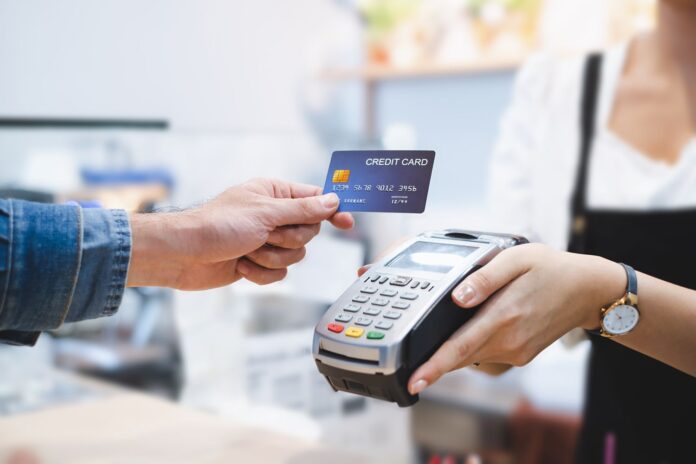FINTECH- Contactless payment has become increasingly popular worldwide, particularly in recent years. It is fast and easy, requiring only a tap or wave of a card or device to complete a transaction. This makes it a convenient option for consumers who want to avoid the hassle of digging through their wallets or purses for cash or cards.
Many contactless payment systems allow consumers to earn loyalty points or rewards for their purchases, which can incentivize them to use the system more frequently. It offers greater convenience, speed, security, hygiene, and potential rewards than traditional payment methods.
The systems allow consumers to earn loyalty points or rewards for their purchases, which can incentivize them to use the system more frequently.
Here are some examples of countries that have embraced contactless payment:
United Kingdom: The UK has been a leader in contactless payment adoption, with more than 60% of all card transactions being contactless. Many retailers and transport systems in the country have also adopted the technology.
Canada: Canada has also seen significant adoption of contactless payment, with major retailers and banks offering the technology. It is estimated that more than 75% of all card transactions in the country are contactless.
Australia: Contactless payment has become very popular in Australia, with most major banks offering contactless cards and mobile payment options. The country has also embraced other forms of cashless payment, such as digital wallets and QR code payments.
China: China is home to some of the largest mobile payment platforms in the world, such as Alipay and WeChat Pay. These platforms have been widely adopted, with many merchants accepting mobile payments in addition to traditional card payments.
United States: Contactless payment has been slower to catch on in the US, but adoption is increasing. Major credit card companies have started issuing contactless cards, and many retailers have updated their payment terminals to accept the technology.
Overall, contactless payment is becoming increasingly popular worldwide, with many countries and businesses embracing the technology to provide faster, more convenient payment options for consumers.
Some individuals may have concerns about the collection and storage of personal data associated with contactless payment transactions. As with any digital transaction, there is a possibility that personal information could be compromised or misused if the security measures in place are inadequate.
Contactless payment can make transactions quick and effortless, which may lead to increased spending. The ease of tapping a card or device can reduce the psychological barrier associated with spending money, potentially leading to impulse purchases or overspending.
Relying solely on contactless payment methods may make individuals more dependent on technology and less inclined to carry alternative payment methods, such as cash or traditional cards. This dependency could pose challenges in situations where contactless payment is not accepted or when there are technical issues with payment systems.
Contactless payment requires compatible cards or devices and access to payment terminals. This may exclude individuals who do not have smartphones, bank accounts, or the necessary technology. It is important to ensure that alternative payment methods are available for those who may not be able to use contactless payment.








